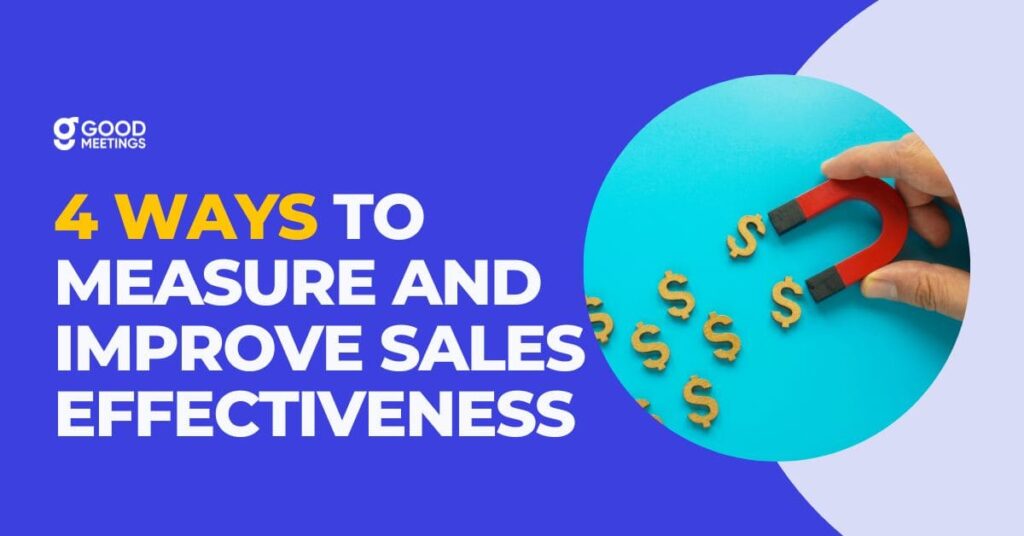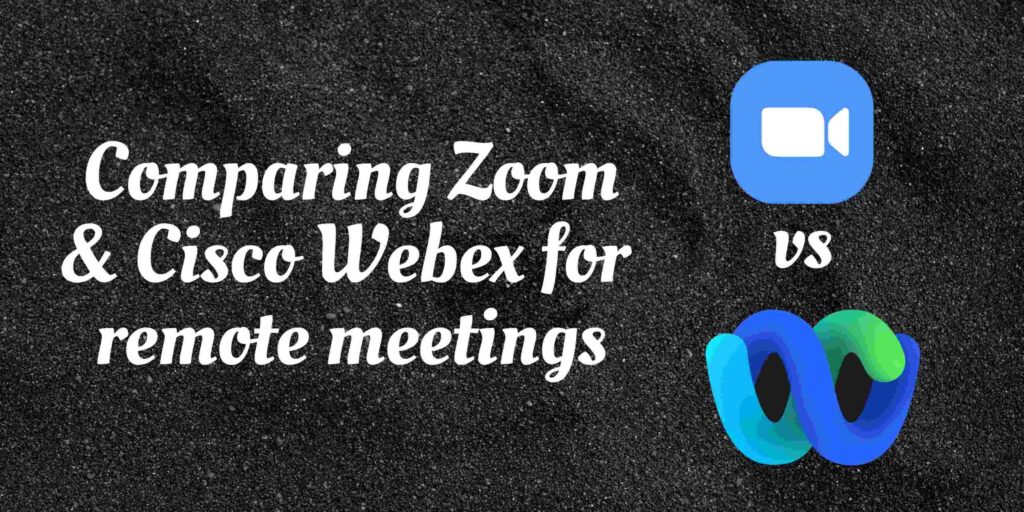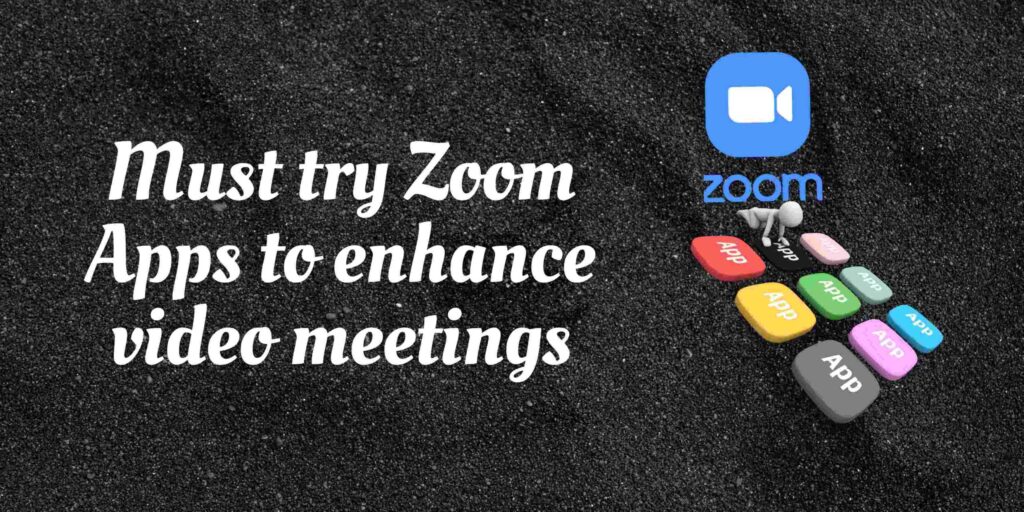
When it comes to elevating sales performance, understanding how to measure and enhance sales effectiveness is an absolute game-changer. Imagine having six key metrics in your arsenal that not only gauge your team’s performance but also pave the way for significant improvements in your sales strategies. From tracking sales quotas to response times and even diving into the engagement levels of your sales reps, these metrics offer a comprehensive view. They’re not just numbers; they’re insights that unlock doors to better conversions and revenue growth. Let’s dive into these six powerful ways to measure and boost sales effectiveness that can truly transform the way your sales team operates and achieves success.
What is Sales Effectiveness?
Sales Effectiveness is about how skillfully your sales team turns potential customers into actual buyers. It’s not just about closing deals; it’s about doing it in the most efficient and effective way possible.
Imagine it as a scorecard for your team’s performance throughout the entire sales journey. To understand how well they’re doing, you’ve got several key indicators. You look at whether they’re meeting their sales targets, how quickly they respond to leads, how many deals they’re winning, how fast new team members get up to speed, and how happy and engaged your sales reps are.
Once you have this insight, you can fine-tune strategies to ensure they’re not just working hard but working smart, leading to more sales and overall business growth. Want to reduce your sales strategy experimentation time? Book a demo to learn how to use Goodmeetings!
Why Should Sales Effectiveness Matter To You?
Here’s the deal: when your sales team is highly effective, they’re not just closing deals, they’re maximizing every opportunity. This means higher revenue, better customer relationships, and ultimately, stronger business growth.
Plus, paying attention to Sales Effectiveness isn’t just about hitting targets; it’s about understanding your team’s performance at every step of the sales process. By doing so, you can pinpoint what’s working well and where improvements are needed. It’s like having a roadmap that guides you to optimize strategies, boost productivity, and ensure your team is performing at their absolute best.
Sales productivity, effectiveness & efficiency – The differences
While all three—productivity, effectiveness, and efficiency—contribute to improved sales performance, they emphasize different aspects: productivity focuses on output, effectiveness on achieving goals, and efficiency on optimizing resource utilization. Let’s dig a little deeper into this.
- Sales Productivity: Sales productivity measures the output or results achieved by a sales team concerning the resources, time, and effort invested. It’s the ratio of the output (sales results, revenue generated, deals closed) to the input (time, resources, costs) within a specific timeframe. Essentially, it evaluates how efficiently resources are used to achieve sales goals.
- Sales Effectiveness: Sales effectiveness focuses on how well a sales team achieves its objectives and converts prospects into customers. It’s about doing the right things to drive successful outcomes. This metric evaluates the quality of the sales process, including strategies, techniques, and the overall approach used to close deals and meet sales targets.
- Sales Efficiency: Sales efficiency is about achieving maximum output (sales results) with minimum input (resources, time, costs). It measures the ratio of output to input and emphasizes doing things in the most cost-effective and time-saving manner. It involves streamlining processes, eliminating wastage, and optimizing workflows to enhance overall productivity.
Related: Identifying triggers & buying signals in B2B sales calls
How to Measure Sales Effectiveness – Metrics and Formula
These metrics are the bedrock of informed decision-making, offering insights that shape and refine sales strategies for amplified success. At Goodmeetings, we recognize the critical role played by these metrics in shaping the trajectory of sales strategies. By swiftly measuring and continuously tracking the outcomes of various experiments and initiatives, we not only gain valuable insights but also expedite the process of refining our approaches.
1. Conversion Rate: Formula: (Number of Sales / Number of Leads) x 100
This metric measures the percentage of leads that result in a successful sale. It indicates how effectively the sales team converts leads into customers.

2. Win Rate: Formula: (Number of Wins / Number of Opportunities) x 100
It calculates the percentage of successful sales opportunities. It helps in understanding how effectively sales efforts are turning opportunities into closed deals.

3. Average Deal Size: Formula: Total Value of Sales / Number of Sales
It assesses the average value of each sale, providing insights into the sales team’s ability to close high-value deals.

4. Customer Acquisition Cost (CAC): Formula: Total Sales and Marketing Expenses / Number of New Customers Acquired
It calculates the average cost incurred to acquire a new customer. Lower CAC implies more cost-effective acquisition strategies.

5. Customer Lifetime Value (CLV): Formula: Average Annual Revenue per Customer x Average Customer Lifespan CLV estimates the total revenue a business can expect from a customer over their entire relationship. It helps in prioritizing valuable customers.

6. Sales Quota Attainment: Formula: (Total Sales / Sales Quota) x 100
It measures the percentage of the sales target achieved by the sales team or individual.

Related: Strategies And Metrics To Measure Sales Productivity
4 Ways To Improve Sales Effectiveness
Improving sales effectiveness in the B2B realm involves optimizing practices in four key areas. To enhance sales effectiveness:
1. People: Implement a sales effectiveness program that understands the sales organization’s needs regarding processes and information.
2. Process: Develop a structured sales process using a sales methodology as the language for your sales team, ensuring uniformity and efficiency.
3. Technology: Automate and fine-tune your sales procedures to reduce non-selling activities, leveraging technology to streamline tasks.
4. Information: Simplify access to relevant sales content, ensuring easy assembly of customer-facing materials like proposals and presentations.
But how do you put these ideas into action? Let’s break it down.
Step 1: Enhance & automate your sales process
Improving effectiveness starts with refining your sales processes. Even if your current processes seem functional, assuming they’re optimized can limit both you and your sales team. To boost effectiveness, establish a consistent sales process, set objectives aligned with sales activities, and regularly measure both group and individual performance. According to Salesforce, companies adhering to defined workflows are 33% more likely to excel.
Optimizing your sales process is just the beginning. To further enhance effectiveness, automate tasks such as email communications, lead scoring, call logging, and sales pipeline reporting.
Step 2: Align with the buyer’s journey
Align your sales process with the buyer’s journey. Today’s buyers seek information beyond a sales pitch. Rather than sticking to a traditional sales process, focus on guiding buyers through their journey by adding value. Instead of a rigid sequence of product-centric messages, prioritize assisting buyers along their journey.
For detailed guidance on this, refer to our article or listen to our podcast episode on value selling and common mistakes to avoid.
Step 3: Invest in sales enablement & engagement
Sales processes are ineffective if your team lacks the necessary skills or if valuable sales collateral isn’t utilized at the right time. Invest in sales tools that empower your team. These tools utilize AI to streamline workflows, aiding reps in selling better and enabling sales leaders to track the effectiveness of their strategies and training.
Platforms like Goodmeetings provide accessible sales call analytics, offering clear insights on what strategies work best. Leveraging such data helps optimize sales processes, adhere to best practices, and deliver tailored sales content to the right customers consistently.
In Conclusion
Mastering sales effectiveness metrics isn’t just about hitting targets, it’s about guiding your team toward smarter strategies. These metrics offer a compass to pinpoint where improvements are needed, leading to increased sales, better customer relationships, and overall business growth. To make your sales process stronger, track sales call analytics, and ensure your sales reps are not wasting time with sales operations, use tools like Goodmeetings. Book a call with us and we’ll show you how integrating Goodmeetings into your process can be a seamless effort.
GET IN TOUCH





